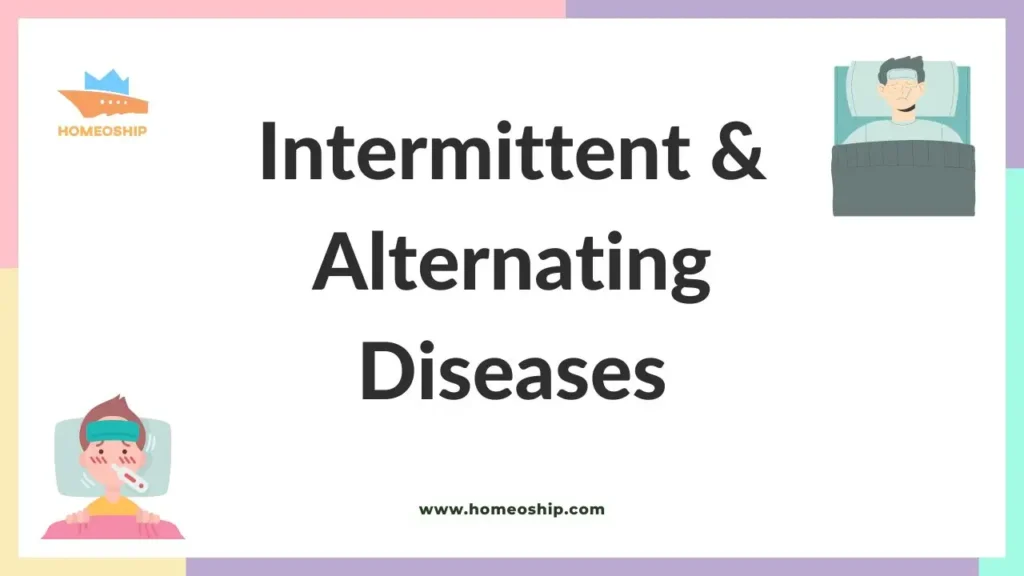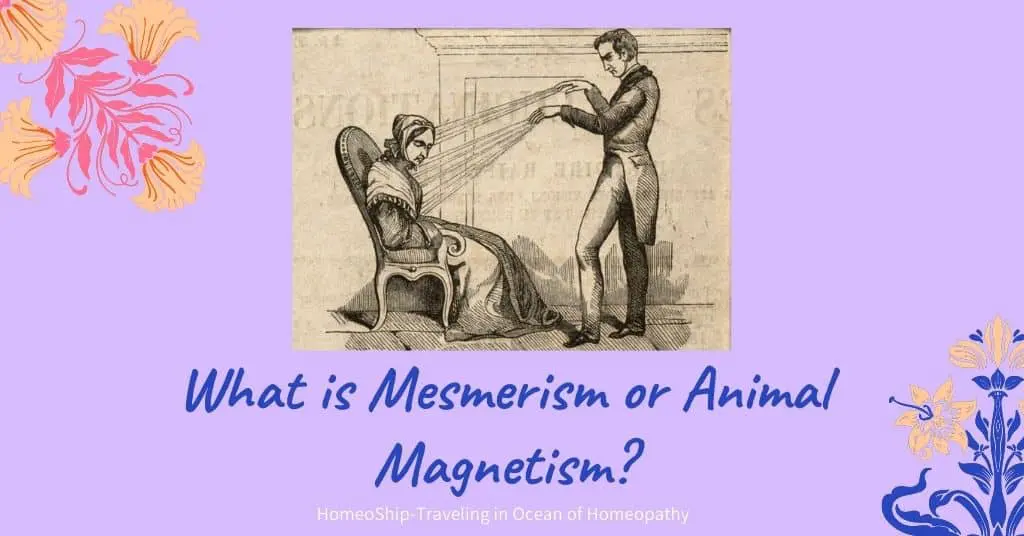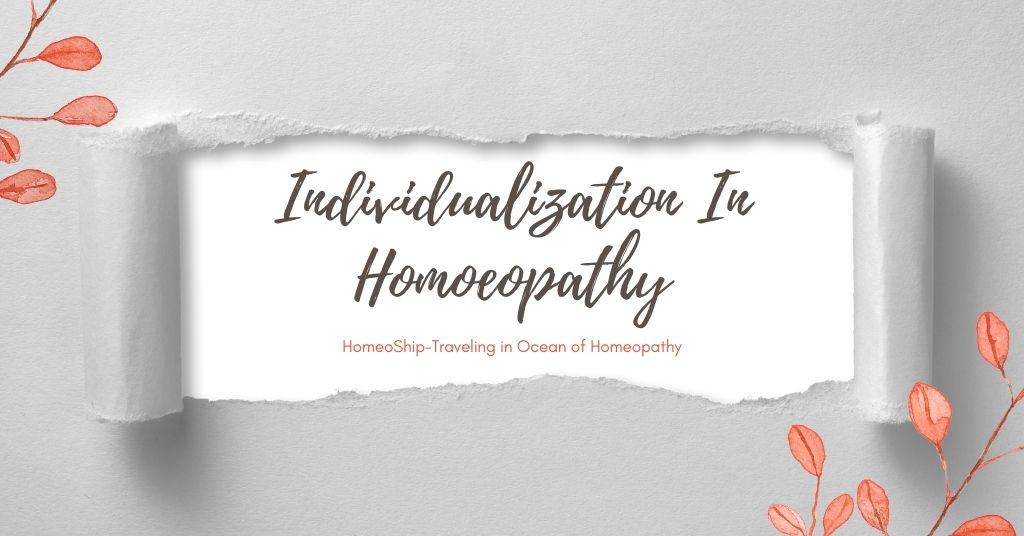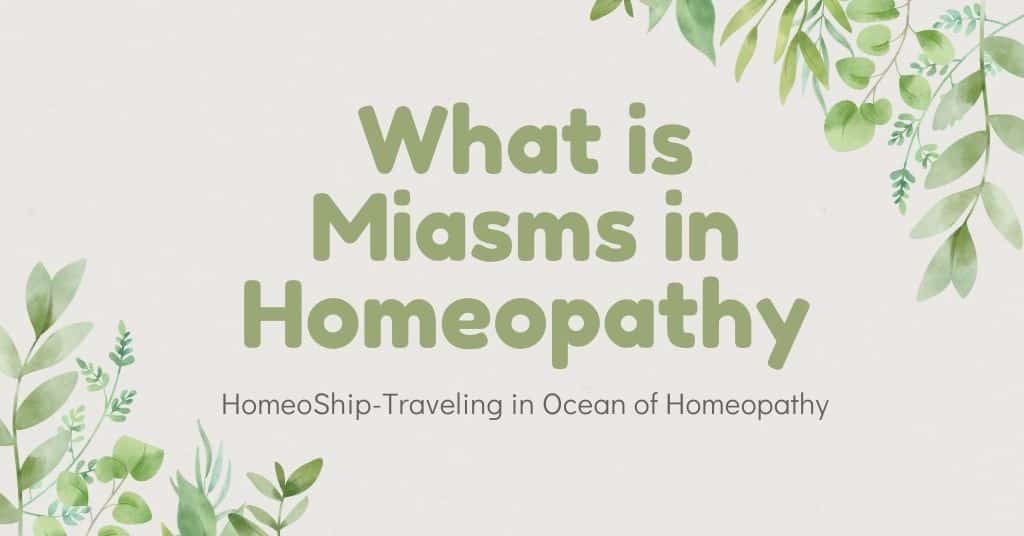Contents
- Alternating Diseases
- Treatment Alternating Diseases
- Typical Intermittent Diseases
- 1. Non-febrile typical intermittent diseases
- 2. Febrile typical intermittent diseases
- 1. Sporadic or epidemic intermittent fevers
- 2. Epidemic intermittent fevers of no-marshy districts
- 3. Pernicious, individual intermittent fevers of non-marshy districts
- 4. Endemics in marshy districts
Intermittent diseases are those diseases that recur at certain periods e.g., a great variety of intermittent fevers and the non-febrile affections that recur at intervals.
Intermittent diseases are broadly classified into 2 types:
- Alternating diseases
- Typical intermittent diseases
Alternating Diseases
These are the kinds of diseases where certain morbid states alternate at certain intervals with morbid states of a different kind. They belong to the class of chronic diseases. Usually, psora will be seen in the background but sometimes the syphilis miasm is also seen. Usually in alternating diseases, two or three diseases alternate with each other.
Example: in the case of double alternating diseases:
i. A type of leg pain will occur as soon as a kind of ophthalmia disappears. This kind of ophthalmia again recurs as soon as the leg pain is relieved. These two states will appear and disappear alternatively.
ii. Convulsions and spasms may alternate immediately with any other affection of the body or some part of it.
Example: In the case of threefold alternative disease:
A common indisposition with periods of apparent increase of health and unusual exaltation of corporeal and mental powers may occur after which quite unexpectedly, gloomy, melancholic humour, intolerable hypochondriacal arrangement of the disposition with a disorder of several vital operations like digestion and sleep appear. This again changes to habitual moderate ill health.

In alternating diseases, when the second stage appears the previous stage will disappear totally or sometimes remain with slight traces of symptoms. Sometimes the alternating states are even quite opposite to each other like melancholic condition periodically alternating with insanity or frenzy.
Treatment Alternating Diseases
If psora alone is in the background, only the anti-psychotic treatment is sufficient to cure the condition. But if psora is complicated with syphilitic miasm, anti-psoric treatment and anti-syphilitic treatments have to be given in alteration according to the rules explained in the book “Chronic Diseases Its Cause and Cure”.
This method is as follows:
This complicated alternating disease (psora+syphilis) must first be treated with anti-psoric medicines according to the predominant psoric symptoms. The anti-psoric and anti-syphilitic remedies can be altered one after another, the symptoms of which were at the time the most prominent. In doing so, each remedy must be allowed to complete its action fully. To remove the remaining psoric symptoms, anti-psoric treatment can be resumed again to perfect the cure.
Each one of these anti-miasmatic remedies has to be given in proper time and purely according to the symptom totality. Such alternating treatment may be continued successively till a complete cure is achieved.
Typical Intermittent Diseases
Typical intermittent diseases are diseases in which a morbid state of fixed character returns at a tolerably fixed period and the patient is relatively in good health between two paroxysms.
Typical intermittent diseases are again into 2 sub-types
- Non-febrile typical intermittent diseases
- Febrile typical intermittent diseases
1. Non-febrile typical intermittent diseases
Non-febrile typical intermittent diseases are chronic diseases that occur in a single patient at a time usually not seen epidemically and sporadically. They are either of psoric or sometimes complicated with syphilis.
Treatment of non-febrile typical intermittent diseases
If the intermittent diseases are of psoric origin, anti-psoric treatment alone is sufficient. But if psora is complicated with syphilitic miasm; anti-psoric treatment and anti-syphilitic treatments are given in alteration. Sometimes a potentised dose of cinchona bark may also be needed as an intermediate remedy to completely extinguish its intermittent type.
2. Febrile typical intermittent diseases
These are also called as intermittent fevers.
They are again of 4 more types:
- Sporadic or epidemic intermittent fevers
- Epidemic intermittent fevers of no-marshy districts
- Pernicious, individual intermittent fevers of non-marshy districts
- Endemics in non-marshy districts
1. Sporadic or epidemic intermittent fevers
In this group, we often find every paroxysm composed of two alternating states (cold-heat, heat-cold) or sometimes three (cold-heat-sweat).
Treatment of sporadic or epidemic intermittent fevers
The selected remedy must be a well-proven, common non anti-psoric one. This selected remedy must possess the power to produce symptoms in the healthy body, two or three similar alternating stages. Or else, the selected remedy must be the most similimum for the peculiar alternating stage. This peculiar alternating stage can be either a cold, hot or sweaty stage.
Those symptoms of the patient’s health during the intervals when he is free from fever must be the chief guide to the most appropriate homeopathic remedy.
Time of administration of the remedy
The best time to administer a remedy is soon after the termination of the paroxysm, as soon as the patient recovers from the effects of intermittent fever. Such administration will effect a desired change in the organism and help in restoration of the health, without much disturbance. The vital force in such states will be in the best possible condition to allow itself to be quietly altered by the remedy and thus restored to a healthy state.
On the contrary, if the selected remedy is administered immediately before the paroxysm, the medicinal disease coincides with the natural disease and causes a bad situation (severe aggravation). This leads to the great loss of strength of the organism if it does not endanger life. In the footnote to § 236, Hahnemann explains a fatal case where the administration of Opium during the cold stage quickly deprived the patient of his life.
But if the apyretic state (a state without fever) is short or paroxysms are repeated frequently, then giving a suitable remedy immediately after paroxysms may not be possible. In such conditions, the medicine must be given during the declining period of the paroxysms, or when the stage of perspiration starts diminishing, without waiting for the complete disappearance of the paroxysm.
Repetition of the dose
Usually, only a single dose of a well-selected remedy brings about the desired result, but in majority of cases, another dose is needed after each attack. As long as the symptom picture of the disease does not change, the same medicine can be repeated, but every time increasing the potency of the remedy by giving 10-12 sucussions.
It is common in some cases of intermittent fevers where the fever recurs after a period of well-being of the patient. Hence, the persistently operating exciting cause or the maintaining cause has to be suspected and removed.
The homeopathic system possesses several different varieties of medicines in materia medica which possesses the power of producing most similar states to the numerous varieties of natural intermittent fevers.
Despite selecting the most appropriate remedy and removing the exciting cause and the maintaining cause if a permanent cure is not achieved, the physician has to think that psora is in the background. Hence, anti-psoric medicines must be employed until complete relief is obtained
2. Epidemic intermittent fevers of no-marshy districts
These intermittent diseases are chronic, and composed of a single acute paroxysm. Such an epidemic is of a peculiar, uniform character common to the individual affected.
Treatment of Epidemic intermittent fevers of no-marshy districts
Based on the totality of symptoms common to all patients (group totality or collective disease), suitable specific remedies for all cases can be selected. Such genus epidemicus is serviceable universally to all patients who enjoyed perfect health before the occurrence of such an epidemic. This means those who were not the chronic sufferers of psora.
But instead of treating with “genus epidemicus” or left uncured or treated with the improper allopathic treatment, the inherent, latent psora becomes developed. It takes the form of intermittent fevers. In this state, regular medicines are of no use, but anti-psoric remedies have to be given. This type of psoric intermittent fever will be subdued by minute and rarely repeated doses of Sulphur or Hepar Sulphur in a high potency
3. Pernicious, individual intermittent fevers of non-marshy districts
Such intermittent fevers must be first treated with acute remedies. These remedies are usually non-anti-psoric in the beginning. If required, these remedies can be repeated for some time. Despite these efforts, if desired result is not acquired, it has to be understood that the psora is in the background and anti-psoric treatment can be administered till the cure is achieved.
4. Endemics in marshy districts
Such disease when attacking a healthy person who is habituated to marshy districts, retains good health provided he follows a faultless regimen and diet. Even if such endemics attack him, one or two small doses of a highly potentised solution of Cinchona bark would speedily free him from the disease. But another group of people, who are following sufficient corporeal exercise, pursuing a healthy system of intellectual occupations and bodily regimen, cannot be cured of such endemics in non-marshy districts by one or two doses of Cinchona bark.
Such people have to receive the anti-psoric treatment because psora is in the background in such people. If such people get transferred to dry and mountainous areas, the cure will result easily. This happens because in this case, the psora is not well developed and as soon as the environment improves, it goes to the latent stage again. Even in such people complete cure is not possible unless the anti-psoric treatment is followed. This way the intelligent homeopathic physician first identifies and classifies the intermittent disease and manages to cure it as it is termed.
The classification of intermittent diseases is completed here with all its sub-classifications. It is the most important theory for examination, viva as well as from a clinical point of view. If you have any doubts or suggestions for us, we would like to hear from you in the comment box.



